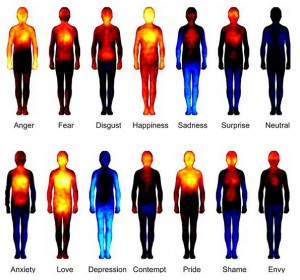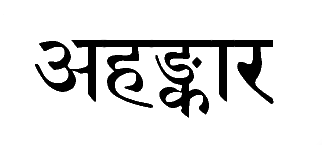yadIshiturvIkshaNamIkshitAram
avIkshya tanmAnasikekshaNam syAt
na drashTuranyaH paramo hi tasya
vIkshA svamUle pravilIya niShThA—22
yadIshituH vIkshaNam = that (which)vision of Ishvara as an object; IkshitAram = Atma, the observer; avIkshya = not recognizing; tanmAnasikekshaNam syAt = will be a mental projection; drashTuranyaH paramaH na = No supreme other than seer; hi = indeed; tasya vIkshA = his vision; svamUle niShThA = abidance in one’s own nature; pravilIya = having resolved.
That vision of Ishvara (as an object), which is, without recognizing the observer Atma, is only a mental projection. There indeed is no supreme other than the seer. His vision is the abidance in one’s own nature having resolved the triad.
As long as Ishvara is considered as an entity separate from oneself, so long misery continues. Vision of Ishvara as an object, is merely a mental projection. If one has a vision, it is something other, external to him, meaning, the form of the vision has a beginning outside of him. Hence, there is a limited form to the Ishvara seen in a vision. Such an Ishvara is finite. How is that vision of any help?




